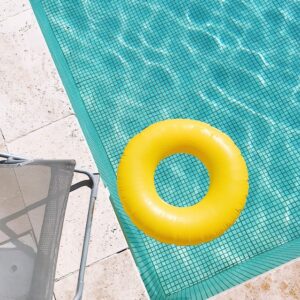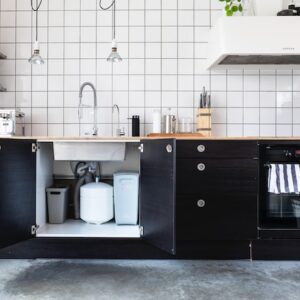If you own a swimming pool, you should know that opening and closing are crucial to a successful swimming season. Professionals are trained to recognize and correct problems when opening or closing a pool, and they are also trained to perform proper water testing and add chemicals to keep your pool water safe. Professionals can also help you avoid headaches when opening or closing your pool.
Close and Open your swimming pool properly
There are several factors to consider when opening and closing of swimming pools Manheim, PA properly:
- Doing so can help to prevent irreparable water and ice damage.
- Correctly closing your pool saves you time and hassle during spring cleaning.
- These tips can help you save money and avoid mistakes that ruin your pool.
Closing your swimming pool correctly is crucial to maintaining water quality and preventing costly spring repairs. Completing a swimming pool is pretty straightforward, but timing is key. You can always start by shocking the water, killing bacteria and algae.
After shocking the water, make sure to monitor the free available chlorine. The level should be between 2.0 and 4.0 ppm when closing. If it is higher, use a non-chlorine shock.
Avoid overstocking your pool
The first step in shock-cleaning is to ensure that your pool is alkaline. This balance must be between 80 and 120 parts per million (ppm). To increase the alkalinity of your swimming pool, you can add sodium bicarbonate to the water. This must be circulated in the water for one hour before shock-cleaning begins.
The amount of shock you need will depend on the size of your pool and why you’re shocking it. For example, if you’re battling algae, you’ll need a larger shock than if you’re cleaning the pool. Either way, you’ll need to test the water to see how much wonder is required.
It’s also important to keep pH balanced. You can use a pH-testing app on your mobile phone to monitor pH levels and avoid over-shocking. Ideally, your pH level should be between 7.2 and 7.4. If you don’t have one of these devices, it’s recommended to use a pH meter to determine your pool’s pH.
Maintain a chemical balance in your pool
A pool owner needs to maintain a proper chemical balance in the water to prevent the growth of harmful bacteria, keep the water clean, and save money on chemicals. A test strip is a simple and effective way to check your pool’s chemistry. It will also tell you what chemicals must be added to your pool water.
Whether you plan to use the pool during the warm summer or close it for the winter, maintaining a proper chemical balance in your pool is crucial. This includes checking pH levels, alkalinity, and calcium hardness. For example, pH levels should be between 7.2 and 7.6, while calcium hardness should be between 180 and 200 ppm. Once you’ve checked all these factors, you can prepare for the winter by adding winterizing pool chemicals to your water.
The water chemistry of your swimming pool is determined by several variables, including pH, total alkalinity, calcium hardness, and calcium. If your collection has low calcium levels, they can eat away at vinyl liners and crumbling plaster, leading to a cloudy spring pool appearance. If the pH levels are high, you may need to dilute the water before using it.
Avoid disassembling your pool
Before opening and closing your swimming pool, ensure you have the right tools and equipment to do so safely. If there are any removable components, such as a filter and heater, read the installation guide before doing anything. You will also need to remove any antifreeze from the system before you begin the process of closing your swimming pool. This should be done gently to avoid damaging your equipment. Check the collection for signs of wear before you start the process.
If you own a frame swimming pool, it is essential to take it apart and dry it thoroughly before putting it away. Ensure you leave it in a shady location, away from direct sunlight. Once it is dry, apply talcum powder or cornstarch to the liner to protect it from damage.
Next, you should disconnect power sources from the swimming pool. This prevents the pump from running unexpectedly. You should also remove all attached accessories from the pool. Once removed, clean them and store them properly to avoid the possibility of reactivating them after the pool is closed.




